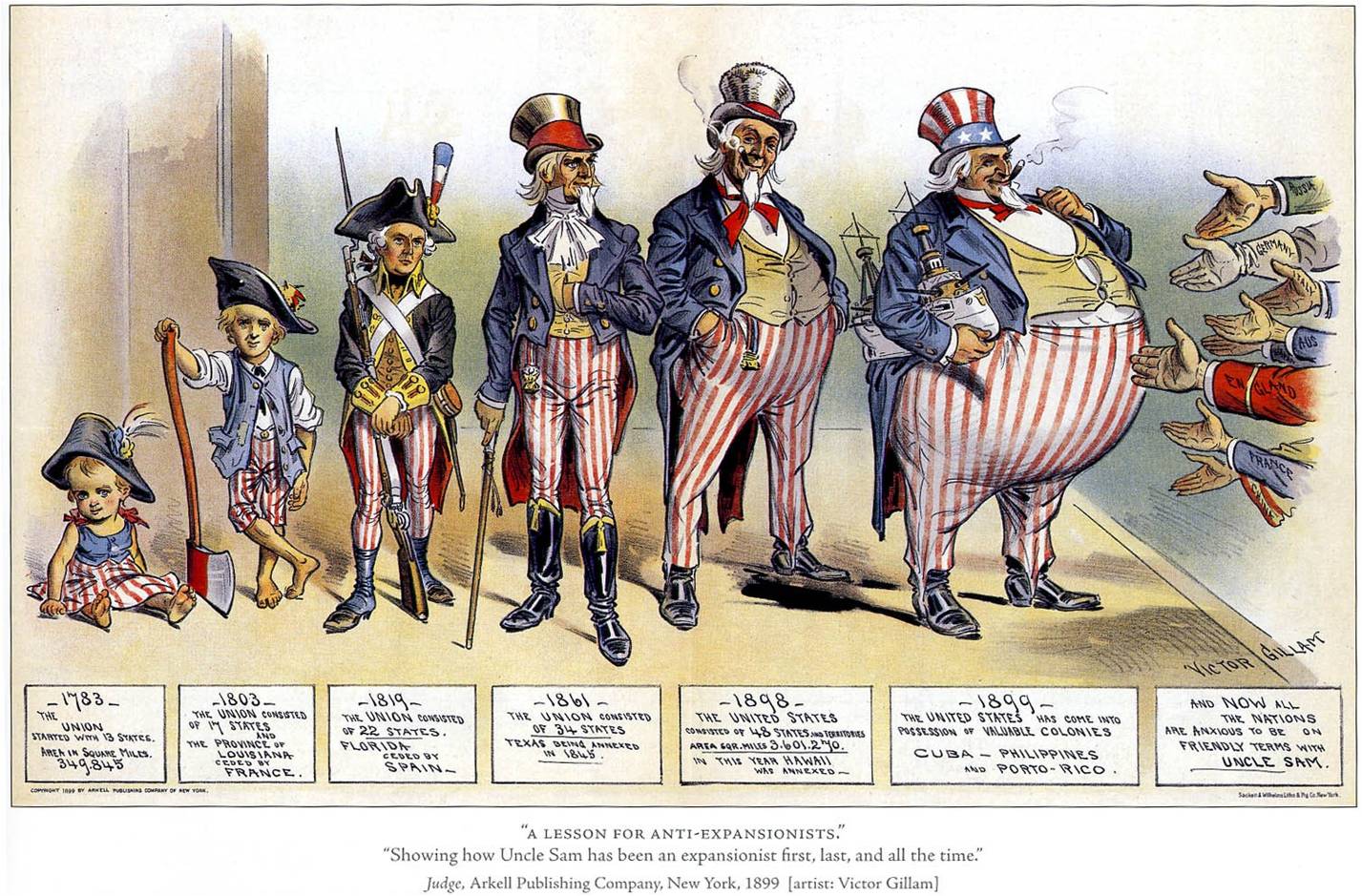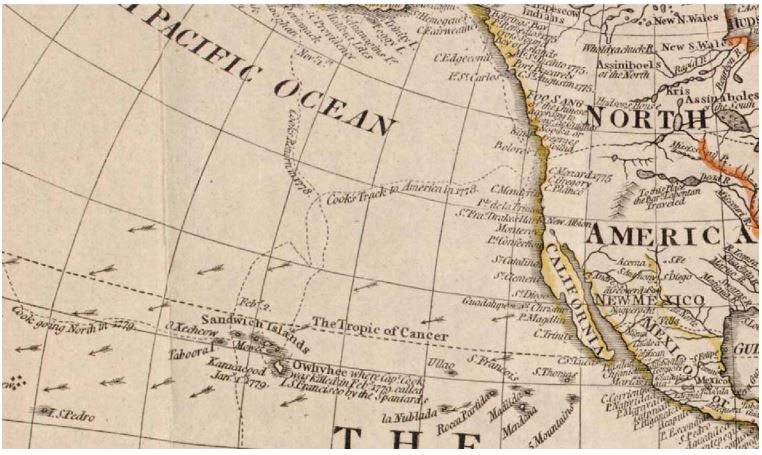AMERICAN EXPANSION: Americans in Hawaii
Part 1 of 1: Analyze the following primary source documents and answer the questions that follow.
Document A:
December 17, 1897, New York Times “For Hawaiian Annexation”
John W. Foster (ex-Secretary of State)
“I do not think the islands will pass under the dominion of Japan. If the people of American origin now in control of the Government are rejected by Congress, they will, in my opinion, turn to their kinsmen, the English and Canadians. They have learned from the Colonial history of Great Britain that wherever the British flag goes there follows equal taxation, just and impartial administration of the laws, and honest and orderly government.”
“While I have no information as to the purpose of the present Hawaiian rulers, I feel sure that when it is finally determined that they are not to be annexed to the United States they will lose no time in opening negotiations with Great Britain, and the result of these negotiations will be neither slow nor uncertain.”
- What do you suppose Foster thinks the “results of these negotiations” will be?
- Does Foster question whether or not Hawaii will remain independent?
Document B:

- What do the top images of “oppressed people” show of U.S. perceptions of foreign people?
- According to this cartoon, has life as U.S. citizens improved for persons facing oppression?
Document C:
To the question, “Have the natives been consulted?” Mr. James replies:
“No, but were the American Indians consulted in the early days here, or the natives of Alaska in later times? The natives have proved themselves to be incapable of governing and unfitted for the condition of civilization, as is shown by their rapid decline in numbers and their inability to adapt themselves to changed conditions; and the importance of their supposed opinions on annexation has been greatly exaggerated. Numbering 500,000 in the time of Captain Cook, they are now reduced to about 30,000, and occupy much the same relation to the white population as our Indians do here. Indolent and easy-going, they are perfectly content with any form of government which allows them to sun themselves, bedecked with flowers. This view is borne out by the failure of the recent mass-meeting in Honolulu, organized solely for the purpose of proving that the native Hawaiians are actively opposed to annexation. It is natural that the white man should become the governing power; and in the exercise of this power it is equally natural that he should wish to turn over his territory to a strong civilized nation for protection and advancement, since, if they rely solely on their ability to defend themselves, it is impossible for the islands to maintain their independence for any length of time.”
1898 – North American Review Arthur C. James (Financier and Prominent Businessman)
- What is James saying about the ability and the desire of the natives to govern themselves?
- Do you think James is for or against annexation of Hawaii to the U.S.?
Document D:
- How does the cartoonist portray Uncle Sam? What expressions does the cartoonist give President Cleveland (sitting)?
- How is Queen Lili’uokalani portrayed on the chess board?
- How might the annexation of Hawaii be like a game of chess?
Document E:
Map of the strategic importance of Hawaii (Sandwich Islands) for exploration and trade in the Pacific. Source: A New Map of the World with all the New Discoveries by Captain Cook and other Navigators (1799).
Note: On the map, Hawaii is labeled as the Sandwich islands.
- Where is Hawaii located in relation to the U.S. West Coast?
- What notations on this map might explain why Hawaii was important?
- What does “strategic importance” mean and why might the U.S. push for annexation of the Hawaiian island?
Document F:
Hawaii Sugar Production over time (in thousands of tons) Note that the time period from the Bayonet Constitution (1897) to the annexation of Hawaii (1893) took place during a great rise in sugar production.
- What can you say about what was going on in the sugar industry in Hawaii from 1850 through the 1900’s?
- How might the sugar industry have played a part in the United States’ desire to annex the Hawaiian Islands?
ENRICHMENT SET
In a well constructed paragraph (6-8 sentences), answer the following question.
How did business leaders and policy-makers in the United States explain their annexation of Hawaii?


